Welcome to the World of Union Advocacy!
Ours is a vibrant community, full of people making their schools and communities better places to live and learn. Whether it’s bargaining stronger contracts, electing candidates who support public schools, or showing up at a Tuesday night school board meeting, each one of us has a role in cultivating a healthy education “ecosystem.”
Where do you fit in? Read the roles below, and take our quiz to find out!
Jump to a changemaker type:
The Connector
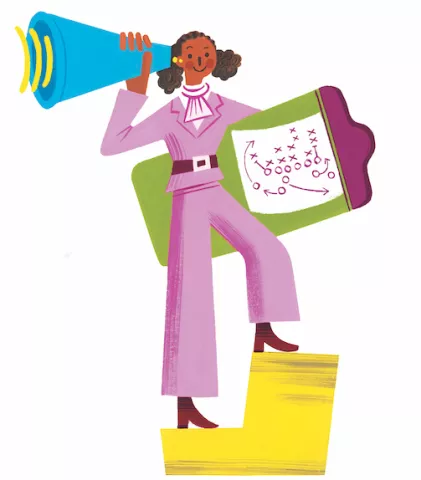
HABITAT
You’ll often find Connectors, or Building Reps, sitting with a colleague over lunch or pinning the latest NEA Today cover to the union bulletin board.
CHARACTERISTICS
Approachability. Come in, the door is open! These educators are open to conversation and good at relationships.
A persuasive voice. Part of a connector’s work is asking colleagues to join the union. These educators ably explain why we’re stronger together.
The heart of an advocate. While grievances are typically handled by union staff, strong building reps are willing to speak up for their colleagues and students.
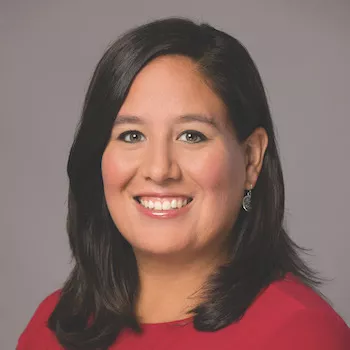
Meet Valerie Lovato
Sometimes, nobody wants to be the building rep. (Not another thing to do!) That used to be the mentality at Valerie Lovato’s school, so she and others rotated going to Denver Classroom Teachers Association (DCTA) meetings and bringing back information.
“We needed more consistent advocacy,” Lovato says. And so, she stepped up. Now, Lovato helps connect her co-workers with DCTA’s mission and makes them aware of union events and initiatives. When they have issues, she listens—and points them to resources.
“I am not going to solve your problems, but I am going to guide you to solutions,” she says. The best part? Getting to know colleagues in her school and across Denver. “You don’t necessarily have to be a ‘people person,’ but you do have to be willing to talk,” she says. “To be a strong rep, you also need to have that willingness to be an advocate and to speak up for educators and students.”
The Advocate

HABITAT
These members hasten to places where policy is made, determined to have a word with the leaders who make decisions about public schools.
CHARACTERISTICS
Skilled guides. These educators know most lawmakers have never worked in a public school. They share their expertise on what students and educators need to succeed.
Good at sharing. They arrive for lobby days or “back home” meetings prepared with a personal story from their own careers, a clear ask of their elected leaders, and the data to back up their request.
Bridge builders. These members do not avoid elected leaders from the other side of the aisle. When they get time with a policymaker, they make the most of it.
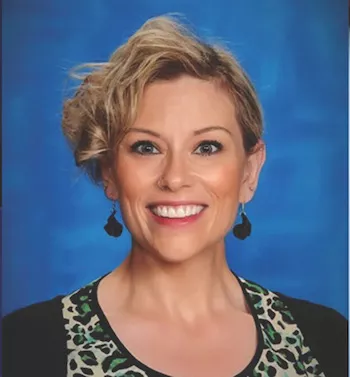
Meet Karen Lauritzen
Three hundred and eighty-six miles—that’s how far teacher Karen Lauritzen travels each way from her home in Post Falls, Idaho, to the Statehouse, in Boise. But she knows it’s worth it to advocate for her students. The key to effective advocacy, she says, is to “connect with lawmakers by sharing a story from your school, and then stay in touch with them throughout the legislative session.”
Recently, she has drawn on stories from her 20-plus years in the classroom to illustrate why it’s essential to maintain curricular standards.
“It’s rewarding to feel the support of other educators and parents,” Lauritzen says. “But you have to be willing to speak up … even when you face strong opposition.” Lauritzen did not back down last year, when she became the target of White nationalist groups for her support of the LGBTQ+ community. Instead, she organized the community to successfully thwart the groups’ takeover of the local school board.
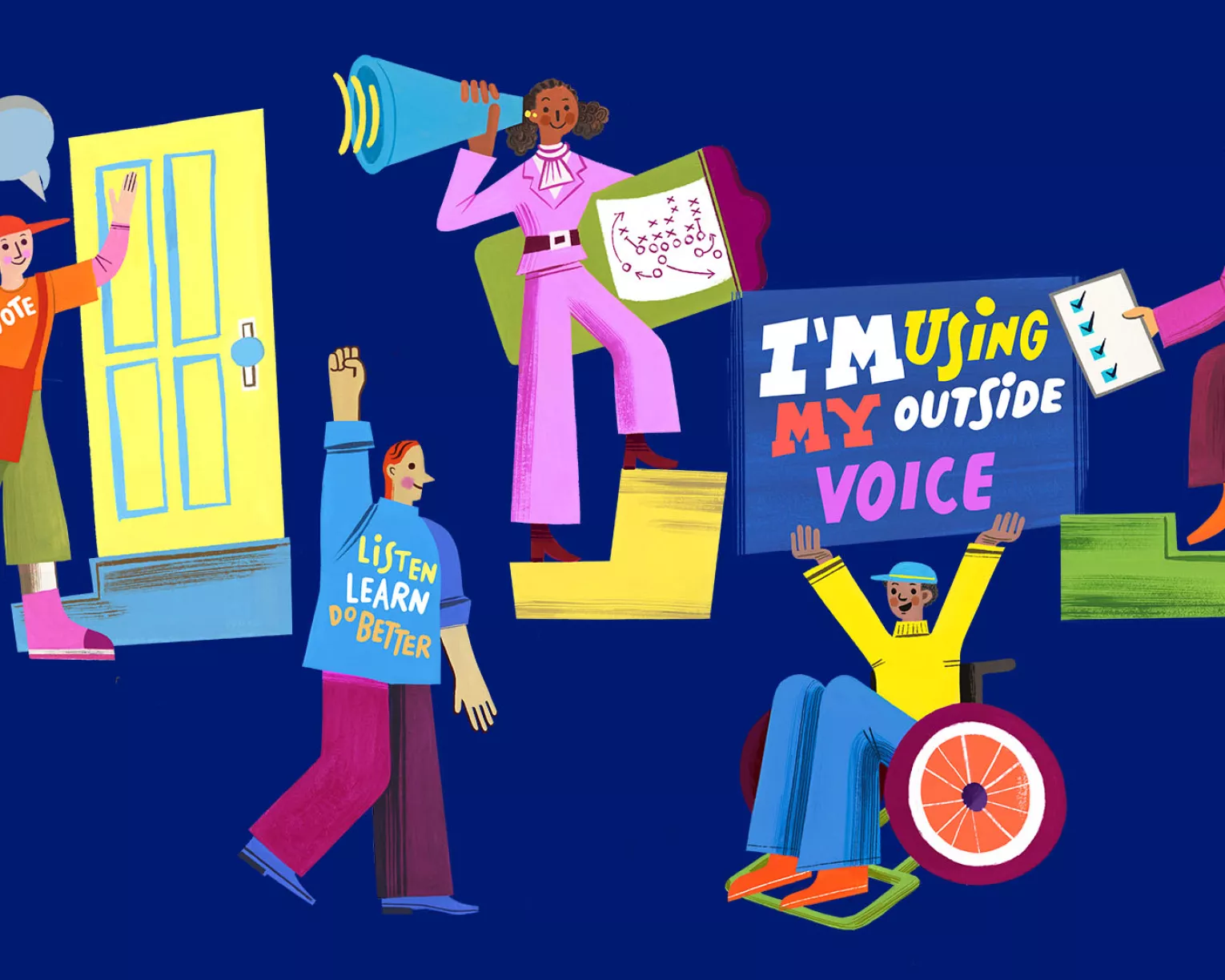
What kind of changemaker are you?
The Messenger
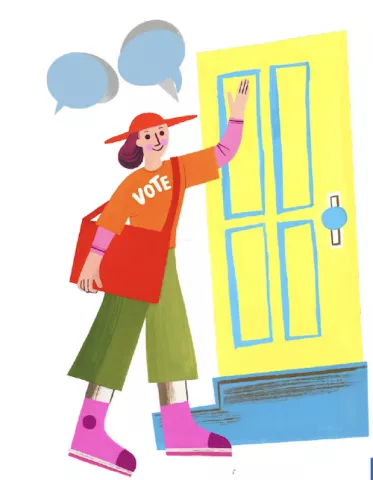
HABITAT
These educators can be found on sidewalks and doorsteps across America, typically in mid-fall and early spring.
CHARACTERISTICS
Knowledgeable. Effective messengers know their candidates and issues. When they make calls or knock on doors, they have the information that voters need.
An acute sense of hearing. Amateur observers may make the mistake of thinking a messenger must be a good talker. Not so! The most effective messengers are better listeners.
Hopeful. They knock on doors because they believe they can make a difference!
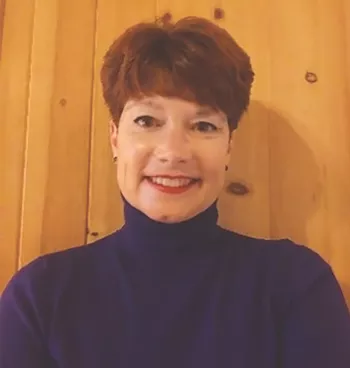
Meet Lisa Weinbaum
She calls herself an introvert. “Kind of a loner, honestly,” says the Las Cruces, N.M., English teacher. But, in 2021, NEA-Las Cruces members saw an opportunity to elect two former teachers to the school board.
“I’d never canvassed previously,” Weinbaum recalls. “But I recognized the importance of electing candidates who are friendly to NEA and to public education. So, recognizing that, and also wanting to push myself out of my comfort zone, I said, ‘OK, I’ll do this.’”
Getting up the nerve to knock on the first door took a minute, she admits. But the experience turned out to be very enjoyable. “If you are genuinely interested in the person in front of you, it makes it easier,” she says. Her other advice? Go with a friend the first time. Carry water and wear clothes showing your connection to education. (Weinbaum alternated between a spelling bee shirt and her daughter’s high school orchestra tee). Comfy shoes are a must!
The Negotiator
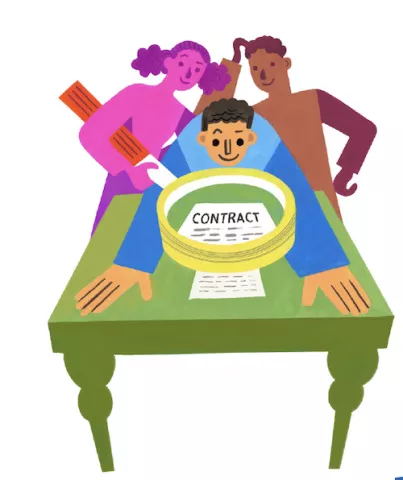
HABITAT
In states where educators have collective bargaining rights, these members gather around the bargaining table or in non-bargaining places, on a district- or school-based labor-management team.
CHARACTERISTICS
Amazing endurance. Marathon bargaining sessions are demanding—and that’s why these members come to the table prepared for a long day (and possibly night!)
Great at teamwork. These members know their strength comes from unity with their union brothers and sisters. They know how to make the most of each team member’s skills.
Detail-oriented. These members are used to getting out the magnifying glass to take a closer look at every word in the latest proposal.
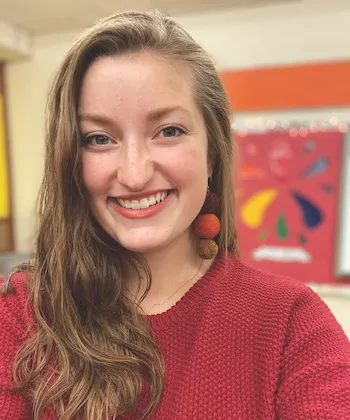
Meet Annelise Taggart
Thanks to wins in the last contract, Ohio art teacher Annelise Taggart has an art room instead of a cart for the first time in her seven years teaching elementary art. Time and space for the arts “were important to defend,” she says.
Taggart was active in the last two bargaining cycles of the Columbus Education Association (CEA), this year as a member of the core team.
As mom to a toddler, she knew expanding new parent leave was a critical issue—and members agreed. CEA secured huge progress on paid leave, as well as salary increases and air conditioning for all learning spaces. But what did it take to get there? “Twelve-hour days were typical; the longest were 14–15 hours,” Taggart says. Water, snacks, and walks were essential for staying sharp. “I brought a knitting project to work on during breaks for a change of pace.”
The Noisemaker
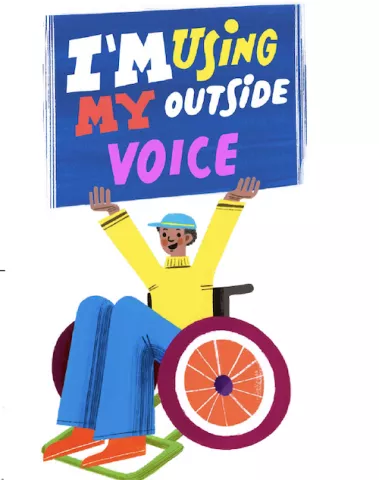
HABITAT
Look for crowds! Listen for noise. You’ll never find noisemakers alone.
CHARACTERISTICS
An OK attitude. When union leaders say, “Will you show up?” these educators say, “OK!”
A steady voice. Alone, their song may not be special. But raised alongside dozens of other educators, sometimes hundreds or thousands, it is beautiful and powerful.
A pack mentality. Let’s face it: We’re not all leaders— and that’s okay! Noisemakers are willing to sit inside school board meeting rooms or rally outside state capitols—and make some noise for public education. They live our union value of solidarity!
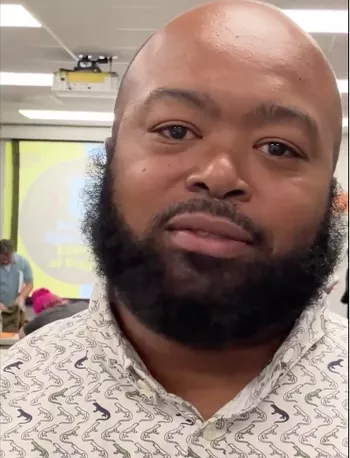
Meet Devon Chapman
When the union asks for help, members like Devon Chapman answer.
Chapman is a multi-tier support service paraprofessional at Deep Creek Magnet Middle Community School in Baltimore County, Md., who works with students who are having some struggles.
“I cover in-school suspension. Some students check in with me every day to work on their behavior and social-emotional skills,” Chapman says.
Although his job can be unpredictable and challenging, Chapman always finds a little more to give when his union needs members to show up and speak out. Last year, he added his voice during one of several listening sessions that the Maryland State Education Association (MSEA) held around the state in the process of drafting an ESP Bill of Rights.
“I was overwhelmed by the experience, because I didn't realize that there are many like me doing the same thing across the state of Maryland,” Chapman says. “And we all want recognition for the work that we do, and fairness in how we are compensated.”
It’s not the only time Chapman has stepped up: He has served on his local’s negotiating committee and the minority affairs committee of the Maryland State Education Association.
What’s next? “I want to get even more involved in advocacy for my students,” says Chapman. “It’s my calling.”
The Good Troublemaker
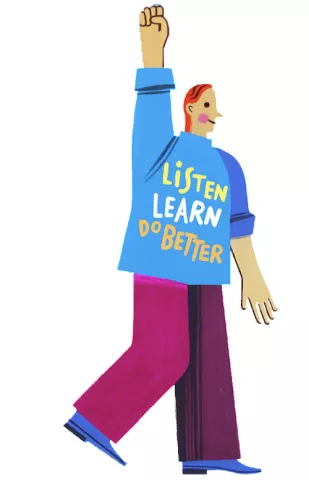
HABITAT
These anti-racist educators can be found in classrooms where students are reading books by diverse authors and learning an accurate accounting of U.S. history, including slavery.
CHARACTERISTICS
Forward-thinking. These educators know we live in a diverse, interdependent world and they want every student to be able to succeed in it.
Willing to be uncomfortable. Conversations about race can be unsettling, but these educators are putting their discomfort aside to focus on what’s best for all students.
Optimistic. Despite generations of White supremacy, which have led to deep-rooted inequities in everything from school funding to home mortgages, these educators look around and think, “We can fix this.”
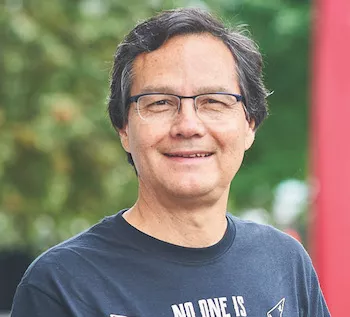
Meet Tucker Quetone
Tucker Quetone’s grandparents were Cherokee and Kiowa people who, as children, were sent to government boarding schools where their language was suppressed and culture stripped. “Hearing my grandparents’ stories … and seeing the challenges for some of our marginalized students today, has long motivated me to include my voice at the table,” says the retired Minnesota teacher.
Like many non-White students, Native students often feel invisible. “Compounding this is a lack of culturally responsive resources or [a failure] to realize the cultural experiences certain students bring with them.” Through his union, before retiring, Quetone helped revamp his district’s Thanksgiving curriculum to make it accurate and reflective of multiple perspectives. “Working with the union really transformed my teaching and my work in educational systems quite a bit,” he says.
The Elected

HABITAT
Once considered rare, educators-turned-policymakers are now spotted more regularly in municipal buildings, statehouses, and even the nation’s Capitol.
CHARACTERISTICS
Drive. These members want to be at the table where decisions are made—whether it’s on a city council, school board, or state legislature. NEA members have become governors (hello, Minnesota Gov. Tim Walz!) and even won seats in Congress (hats off, Rep. Jahana Hayes, D-Conn.!)
Thick skin. Not every election goes negative—but every candidate will be scrutinized, and some will be unfairly criticized.
Strong vision. These members have a clear picture of the schools our students deserve and what our communities need.
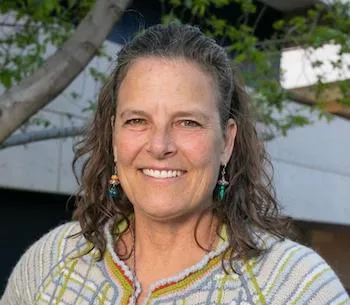
Meet Theresa Riel
Question: How many doors did Theresa Riel knock on, in 2022, to get to know Pima County voters? Answer: About 10,000!
This determined effort paid off—plus support from local and state unions—led Riel to win a six-year term on the Pima Community College (PCC) board, where the retired educator can help ensure students, staff, and faculty get the support they need. Riel, who taught math at Pima for 23 years, beat an incumbent who raised eight times as much money as her.
Riel credits the win to three things: her beautiful yard signs, the support of union members who helped spread the word of her candidacy, and her daily walks and talks with voters. “I thought my community needed to hear why they should elect somebody like me, a teacher,” she says. Riel also participated in multiple candidate trainings, including those offered by the Arizona Education Association.
“We need more teachers to be involved,” says Riel. “It’s not like we’re afraid of the hard work—because gosh, teaching is the hardest profession out there! This is a way to make a difference. Instead of shaping young minds, you can shape policy.”
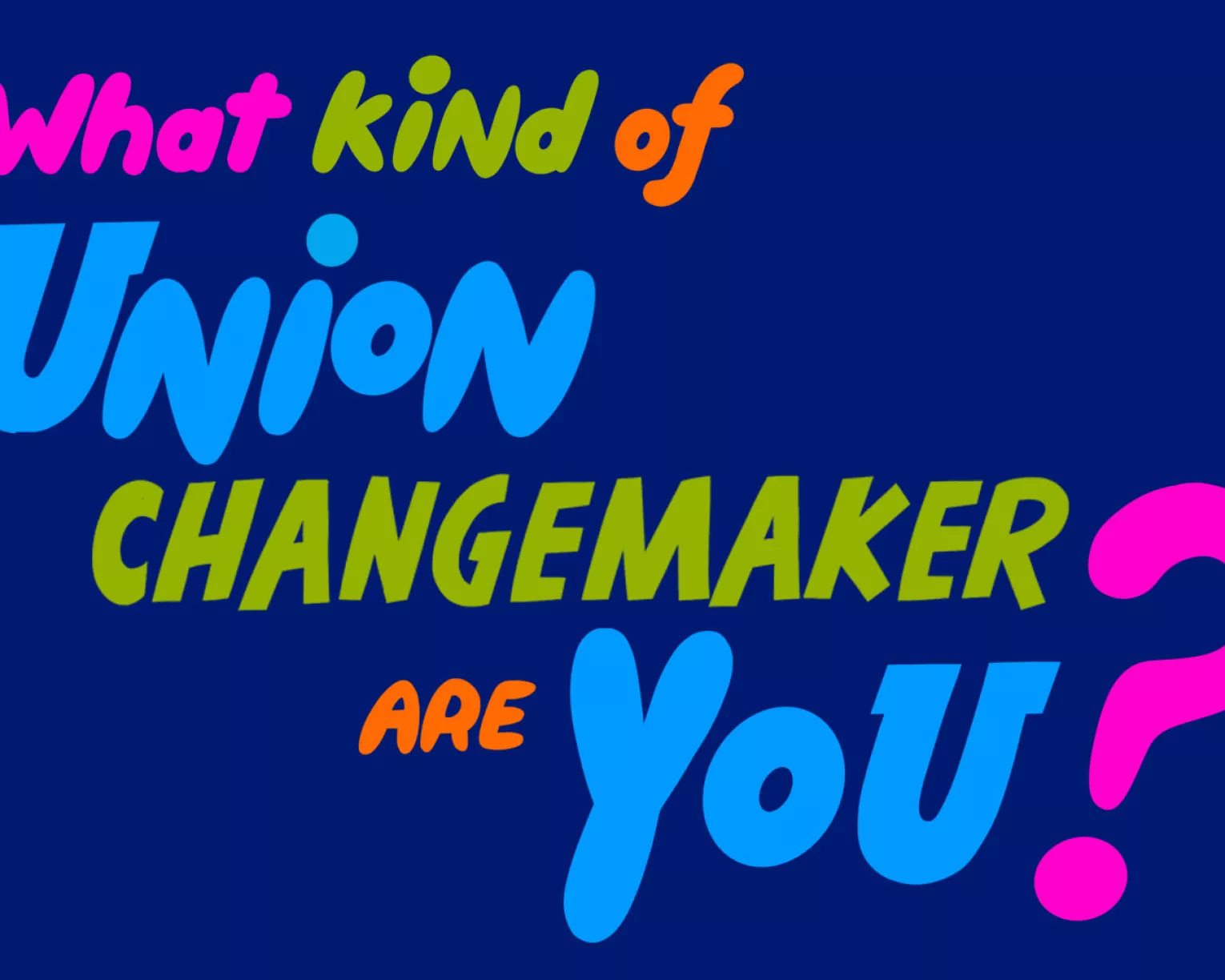
Take the quiz to find out
Get more from


